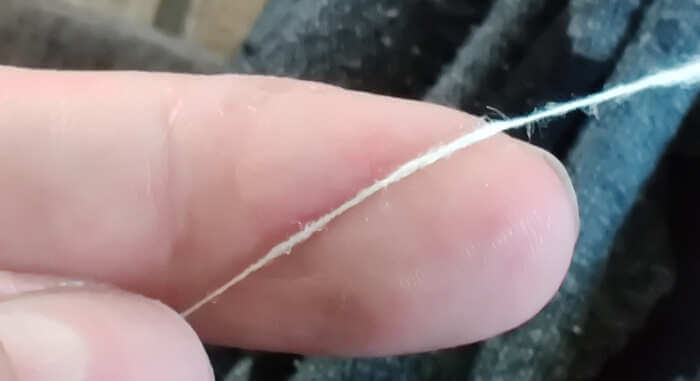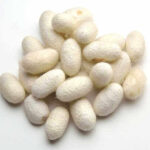
The mulberry silkworm: 6 new beautiful strains
The mulberry silkworm, Bombyx mori, is a domesticated moth of the Bombycidae family. B. mori is an economically relevant insect, being the main source of silk for the textile industry. Other wild silk moth species are being used for silk production, although they constitute a very small part of the total market. Check our new selection of mulberry silkworm races in our shop at the livestock Lepidoptera eggs section.
Rearing the mulberry silkworm, Bombyx mori
Bombyx mori is an easy species to rear and breed. Most silkworms are univoltine and do diapause as eggs. Their natural host is the mulberry (Morus sp.), but they can be reared on artificial diets which are available on the market.
Rearing and breeding B. mori is fairly easy. If it’s done with the proper care, is very difficult to loose them. This strains are univoltine, they overwinter as eggs. Eggs need to undergo a period of cold before being able to emerge, this should last at least 3 months. Eggs should be stored in a ventilated place when at room temperature, sealed if chilled in the fridge.
Mind to always provide fresh but dry leaves to the caterpillars, instead they will be more prone to illness. If is raining outside, try to remove the extra water on the leaves as much as possible. Cleaning them daily is also good practice to preserve their health.
The mulberry silkworm, 6 new strains
We are currently selling eggs that have been chilled for about 1 month and half, thus you can readily chill the eggs upon arrival, store them minimum 1,5/2 months in the fridge. Upon rewarming they will hatch in about 20 days. Mind that that if mulberry leave will not be available you will need to get an artificial diet to feed them.
Those new strains sum up to 5 already present in our shop, which are: BULGE, T42, CBR7, GALERA and SM
List of new strains
Here we present the list of the 6 new strains of Bombyx mori which are now available for sale and sum to the 5 lines already present in our shop. Some of the names below are the stock code directly from Japanese mulberry silkworm stock center fao.org in Kyushu University while others are names assigned by amateur breeders which have obtained the line by selective crossing. For the stock lines, we report the phenotype annotations with the Bombyx mori code.
- G06: white larvae with black and brown spots in each segment
- ZEBRA: very famous mulberry silkworm strain characterized by striped larvae
- RN03: black, striped larvae with brown spots
- MORUNO: brown larvae
- L011: egg: PesS; larva: pS; since: 1938.
- L012: egg: PesS; larva: pS most deep Y, Amy-dn, Amy-hcM, Ict-AF, Ict-DR·M, Ict-ES, Ict-Hn, LpmS, PflF, Pyl1; cocoon: C; since: 1926.

Mulberry silkworm, an historical introduction
China, ‘the cradle of sericulture’ achieved incredible progresses in sericulture development over the last five decades, after the liberation in 1949 and occupies the first position in the overall global silk production. Mulberry silkworm sericulture as a sustainable rural occupation and as a potential contributor of the economy has been enhanced through Government’s practical policies, concerted and intensive research and development efforts and meticulous implementation over the last decades.
The practice of sericulture in China can be traced back to 5000 years ago, the first written report about silkworm differences in captivity were made in 1637 in the book “Tian Gong Kai Wu” by Song Yinxing. Improvement of silkworm varieties has been always the key element to improve the sericulture productivity. Selection of better silkworm strains and their rearing and maintenance had been practiced consciously or unconsciously for long time, however, systematically collection and investigation on silkworm varieties started only recently, in the 19th century.
Alternatives to the mulberry silkworm: the wild silk
Although Bombyx mori is the most used Lepidoptera for silk production, many other species are reared worldwide for the same purposes. The mulberry silkworm silk is considered to best the best in terms of filament quality. Other species have peculiar features which make their silk unique. The silk obtained from species other than B. mori is normally called wild silk. Amongst them we remember Antheraea mylitta and Antheraea assamensis in India, Antheraea pernyi in China, Antherina suraka in Madagascar, Cricula trifenestrata (very appreciated for its shiny golden silk) and Antheraea jana in Indonesia, Samia ricini in India and other parts of south east Asia.

Read more on silk production in our article moth cocoons as silk source


